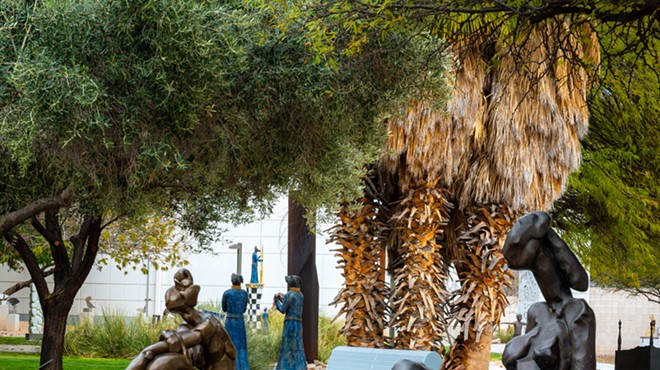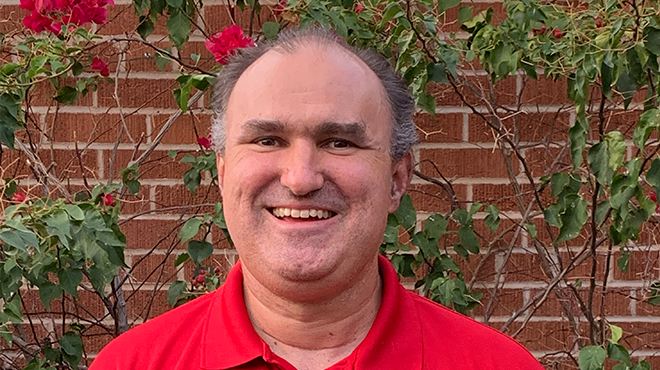Tuesday, June 17, 2008
Phoenix Mars Lander: Ditch Digger
The plucky Phoenix Mars Lander is continuing to bake a sample of Martian soil while scientists at the UA Lunar and Planetary Lab are still trying to riddle out exactly what sort of strange white stuff they've uncovered beneath the surface while digging with their robotic arm.
As you can see from the photo, the robotic arm has dug quite a ditch, now known as "Dodo-Goldilocks."
Here's the latest release from the Lunar and Planetary Lab:
NASA Phoenix Lander Bakes Sample, Arm Digs Deeper
One of the ovens on NASA's Phoenix Mars Lander continued baking its first sample of Martian soil over the weekend, while the Robotic Arm dug deeper into the soil to learn more about white material first revealed on June 3.
"The oven is working very well and living up to our expectations," said Phoenix co-investigator Bill Boynton of the University of Arizona, Tucson.
Boynton leads the Thermal and Evolved-Gas Analyzer (TEGA), or oven instrument, for Phoenix.
Phoenix has eight separate tiny ovens to bake and sniff the soil and look for volatile ingredients, such as water. This baking is performed at three different temperature ranges.
On Sol 18 (June 12), the lander's Robotic Arm dug deeper into the two trenches, informally called "Dodo" and "Goldilocks," where white material was previously found. This created one large trench, now called "Dodo-Goldilocks."
"We have continued to excavate in the Dodo-Goldilocks trench to expose more of the light-toned material, and we will monitor the site," said Robotic Arm lead scientist Ray Arvidson of the University of Washington, St. Louis. "If the material is ice, it should change with time. Frost may form on it, or it could slowly sublimate."
Sublimation is the process where a solid changes directly into gas.
The Dodo-Goldilocks trench is 22 centimeters wide (8.7 inches) and 35 centimeters long (13.8 inches). The trench is seven to eight centimeters (2.7 to 3 inches) deep at its deepest. The deepest portion is closest to the lander.
The white material is located only at the shallowest part of the trench, farthest from the lander, indicating that it is not continuous throughout the excavated site. The trench might be exposing a ledge, or only a portion of a slab, of the white material, according to scientists.
The Phoenix mission is led by Peter Smith with project management at JPL and development partnership at Lockheed Martin, located in Denver. International contributions come from the Canadian Space Agency; the University of Neuchatel, Switzerland; the universities of Copenhagen and Aarhus, Denmark; Max Planck Institute, Germany; and the Finnish Meteorological Institute.
WEBLINKS:
http://phoenix.lpl.arizona.edu















